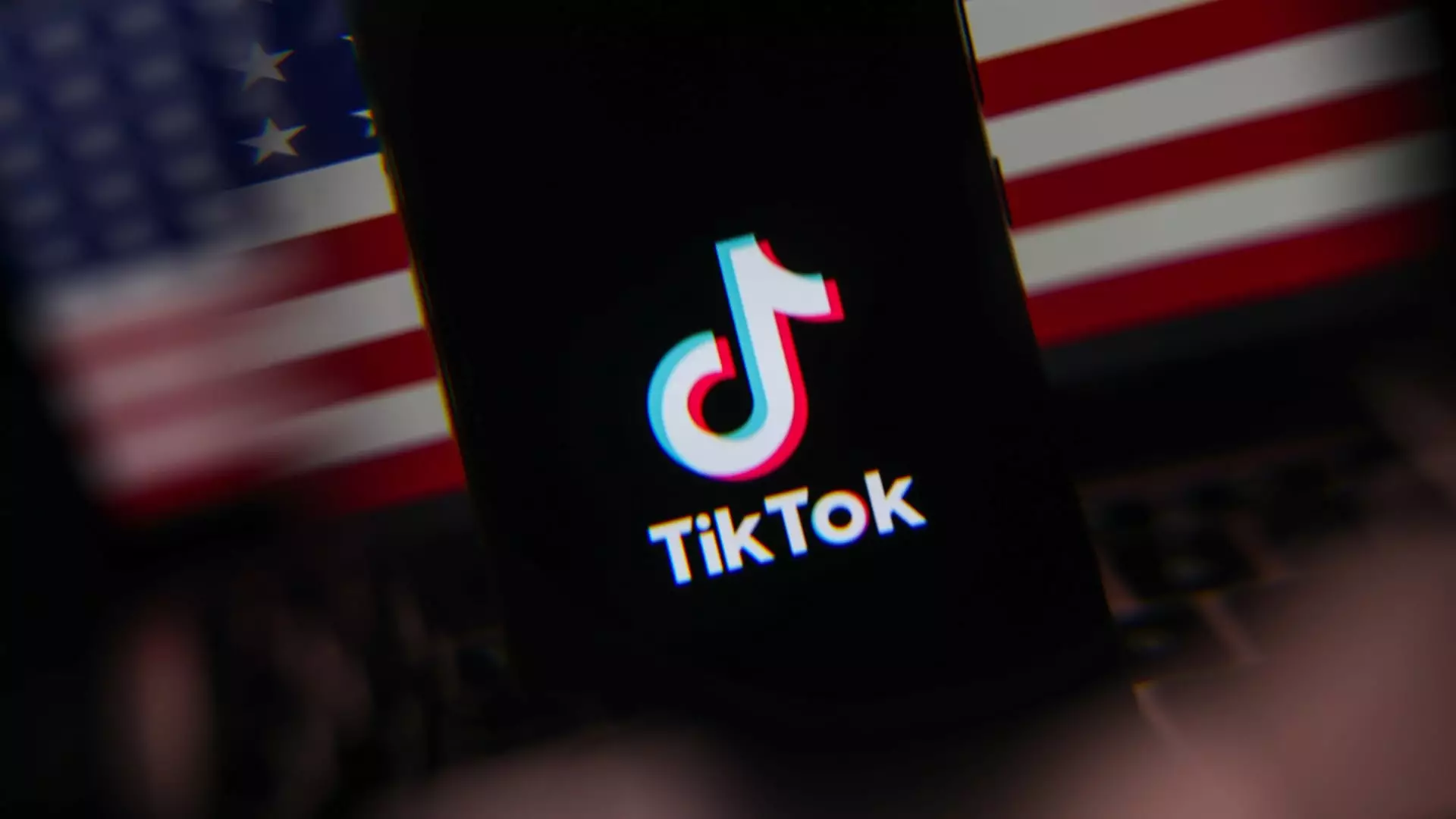The popular social media platform TikTok has once again made its way back onto the Apple and Google app stores, sparking renewed discussions around national security, corporate governance, and free speech. Initially removed on January 18 due to concerns about its Chinese ownership, TikTok faced significant pressure from U.S. lawmakers and the Supreme Court, which ultimately sided with the Biden administration on the matter. This article delves into the critical implications of TikTok’s return, examining the undercurrents of governmental authority, corporate response, and user rights.
TikTok’s removal from app stores was not just a routine regulatory maneuver; it was a direct response to a national security law designed to curtail foreign influence over American digital infrastructure. By mandating that the China-based company ByteDance divest its U.S. operations, the U.S. government aimed to alleviate concerns over the app’s data collection practices and its alleged connections to the Chinese government. The app’s sudden disappearance nonetheless raised questions about the validity of government actions that could infringe upon First Amendment rights, which form the bedrock of democratic society.
The legal battles surrounding TikTok are emblematic of broader tensions between technology and state control. The Supreme Court’s ruling underscored Congress’s belief that a divestiture was essential for addressing national security worries. Meanwhile, TikTok’s leadership fought back against this interpretation, hinting at a complicated tug-of-war between national interests and corporate autonomy. By framing its argument through the lens of First Amendment rights, TikTok positioned itself as both a victim of overreach and a defender of its users’ freedoms.
The Biden administration’s approach to TikTok reflects a reactive but strategic stance to counter perceived external threats to U.S. digital sovereignty. Following the legal ruling, TikTok’s operations teetered on the brink of enforced shutdown until the former President Trump intervened with a delay in enforcement. This tactic of obfuscation arguably illustrates a larger trend of political leaders grappling with the implications of a rapidly digitalizing world, where foreign ownership can translate to compromised personal data and potential strategic vulnerabilities.
One of the most pressing issues emerging from the TikTok saga is the notion of user rights amidst corporate responsibilities. With over 170 million American users, the stakes are high: the app is not merely software; it is a platform for expression and community. TikTok’s rebound, with reports indicating it regained approximately 90% of its pre-removal traffic, exposes the resilience of digital cultures that often thrive despite governmental restrictions. This phenomenon raises critical questions about user agency and the extent to which governments can impose controls over platforms that have carved a unique space in societal discourse.
TikTok’s re-entry into the app stores after nearly a month highlights the complexities of modern governance in the context of global digital platforms. As debates about national security, corporate influence, and individual freedoms continue to unfold, the TikTok case serves as a critical focal point for examining the balance between safeguarding national interests and upholding democratic ideals. Moving forward, both users and policymakers must navigate this intricate landscape with care, ensuring that protecting freedoms does not come at the cost of unchecked power dynamics.


Leave a Reply